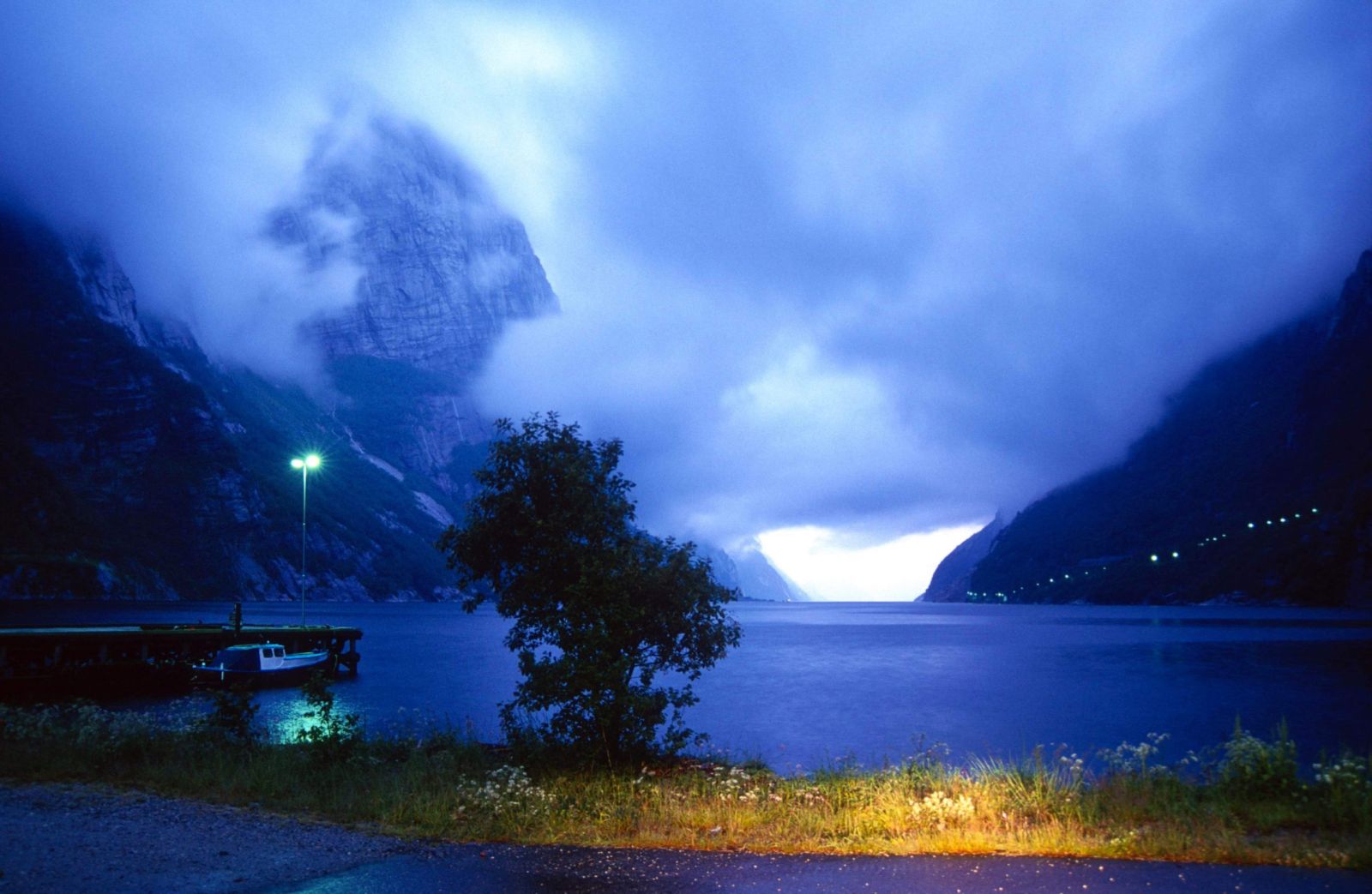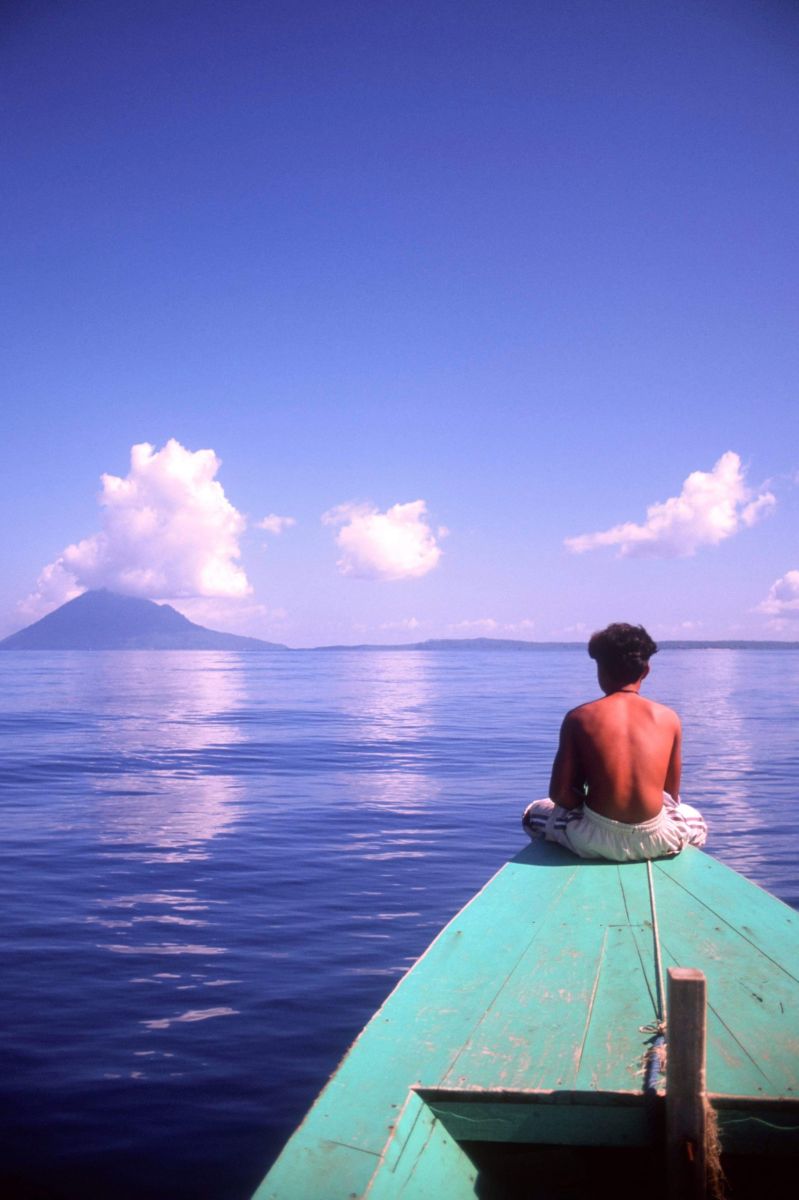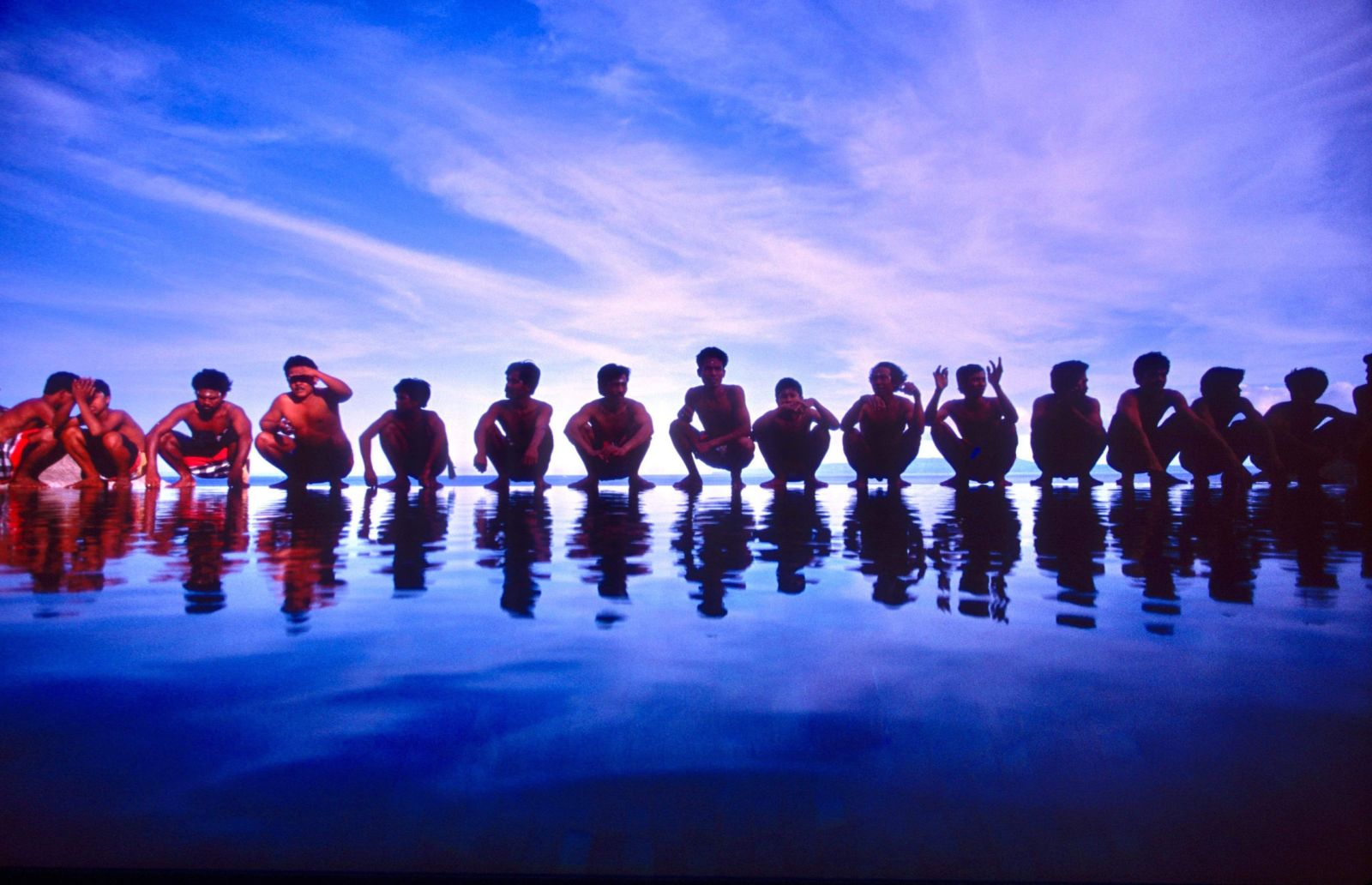Water Matters
Sophie Watson suggests that narratives of disaster can be disempowering and argues that we must not be disempowered. Instead, if we Act Now people may not be displaced from the place they call home.
Human beings are constituted of water. All our organs are made up of different amounts of water – the brain, lungs and kidneys contain 85% water, the bones – 31%. We not only depend on water, without water we would die.
Water lies at the very heart of the interconnectedness and entanglements of humans with our environment
Water lies at the very heart of the interconnectedness and entanglements of humans with our environment and reveals, arguably more than any other substance, the impossibility of thinking of ourselves as separate from nature. Water is far from being a naturally occurring terrestrial resource but is shaped in multiple ways by human activities and cultural practices. Water exists as a resource through a complex intersection of socio- technical networks and systems and is a site of different cultural meanings and social practices across time and space.

Water is both a source and a force, as the 2018 tsunami in Indonesia so graphically illuminated. Water elicits a set of technologies for containing it and directing it; it is enmeshed in a myriad of governmental and regulatory practices as well as private markets and complex forms of provision. Its abundance as well as its scarcity, though products of technology, is equally constituted in public discourses and political decisions, implicated in relations of power as these are, as much a ‘natural’ occurring phenomena as rains, floods, and drought. Water enables and assembles a multiplicity of publics, embodied practices, cultural practices, and diverse forms of sociality. Water is far from being just the natural resource it is often assumed to be.
Water Networks
Water stretches and flows across human- non-human networks. Not only does water cross the boundaries of different substances, with complex intersections and effects, the very complexities of current and impending water crises across the world, lead to greater uncertainties as to what kinds of solutions are possible. Water as the most pressing concern of the twenty-first century, which is likely to lead to massive migrations and water wars.
Water is emblematic of the powerful interconnections between human/ non-human, and nature and culture, where these entanglements are in a constant process of transforming cityscapes and landscapes, which in turn produce new waterscapes and manifestations of the ‘natural world’. Water has the capacity to make things happen, to bring new socialities and publics into being. As one swimmer in a London lido said:
Water has an almost mythic quality that just makes you feel better.
Water is an intrinsic part of everyday life, often invisible in its workings and taken for granted, only entering public discourse and visibility when it becomes a matter of concern through, for example, its scarcity, or its potential for danger or for the accumulation of profit. Water is deeply political, implicated in relations of power and constitutive of social, cultural and spatial differences. Water is highly contested both as a resource and a site of complex meanings.

Water Crises
The impending crisis of water is likely to be the greatest challenge of the 21st century with the climate change emergency, brought about by human activity, with wetter regions typically becoming wetter and drier regions becoming drier. It is estimated that half the world’s population live in areas that are potentially water scarce for at least one month of the year. The global demand for water has been increasing by 1% annually due to population growth, water pollution has worsened in the majority of rivers across Africa, Latin America and Asia, and there has been increasing ecosystem degradation due to the poor condition of soil resources with impacts on higher evaporation and erosion, and the degraded state of the world’s forests. Importantly water scarcity is unevenly distributed.
Huge quantities are wasted through water-intensive industrial and agricultural practices (which account for 20% and 70% of global water withdrawals respectively) and through individual practices. But there are also cultural shifts at a wider level that matter. One significant arena is that of food, where an increasing understanding of the quantities of water required to produce beef – 1 kg requires 1300 litres, in contrast to potatoes- 1 kg requires only 100 litres of water- has led considerable numbers of people, particularly younger people, to adopt vegetarian or vegan diets. Ironically, another trend towards substituting cow’s milk with almond milk has deleterious effects where water is concerned. 1 litre of almond milk requires more than 2 litres of water, yet 80% of the world’s almond crop comes from California which is beset by droughts. Scarcity leads to tensions between different users, and trans-boundary conflicts and to migrations of populations to water-rich areas. Some commentators predict water wars in the coming decades. Water scarcity is highly political and distributed unequally across nations constituted in relations of power. Deforestation affects some parts of the world and large multinationals run roughshod over resistances from powerless groups, often indigenous populations who for centuries owned and managed their lands for centuries with environmental awareness.
Equally a consequence of climate change are rising sea levels and flooding, with severe impacts on coastal cities from Miami to Mumbai. The collapse of the ice sheets in the Antarctic and Greenland at a greater rate than previously thought are leading to predictions of rising sea levels of 8 feet by 2100 – a figure raised to 11 feet if carbon emissions continue at present levels. As Jeff Goodell says:
Major infrastructures like New York’s JFK airport or coastal nuclear reactors are likely to be underwater in 100 years
Yet it is the 145 million people who live three feet above sea level who are the most likely to be affected. This too is a highly politicized crisis, which will affect many people in the Global South, creating generations of climate refugees and making the current refugee crisis seem like a drop in the ocean (to deploy a water metaphor). Similarly, the disastrous effects of flooding in cities of the Global North are more likely to affect poorer urban populations with limited resources while wealthy people will move or elevate their homes or build sea walls to surround their gated communities.

These narratives of disaster can be disempowering. But we must not be disempowered. Instead, we must all Act Now if people are not to be displaced from the place they call home.
Sophie Watson is Professor of Sociology at The Open University
To watch the film based on this blog with images by Knut Bry and curated by Carlos Ibarra Rivadeniera please visit the link
References
Sophie Watson City Water Matters: Cultures, Practices and Entanglements of Urban Water.
Veronica Strang Gardening the World: agency, identity and the ownership of water.
Jeff Goodell The Water Will Come: Rising Seas, Sinking Cities and the Remaking of the Civilized World
Erik Swyngedouw Liquid Power Contested Hydro-Modernities in Twentieth-Century Spain
Maria Kaika. City of Flows: Modernity, Nature, and the City.
